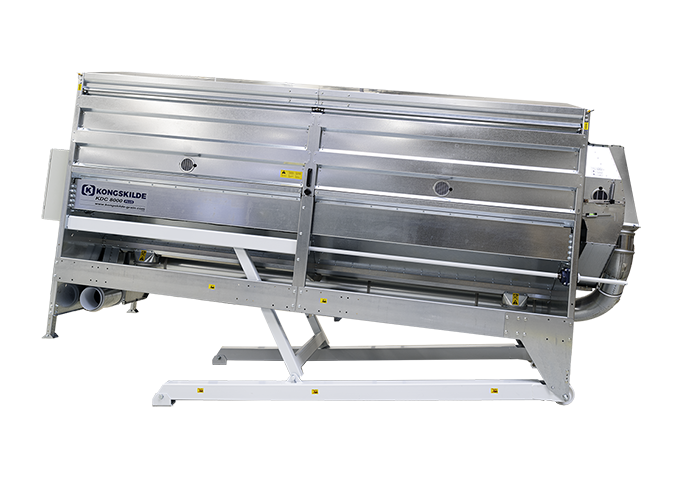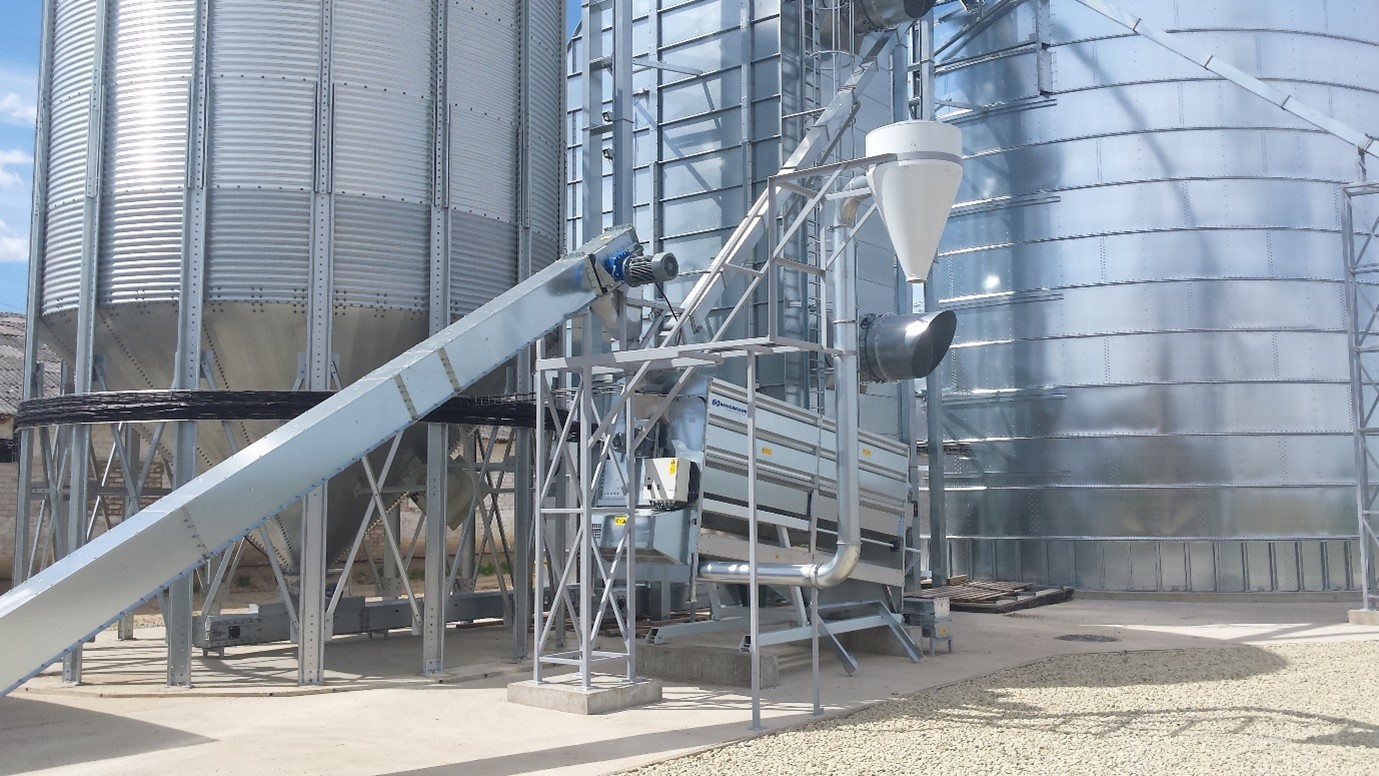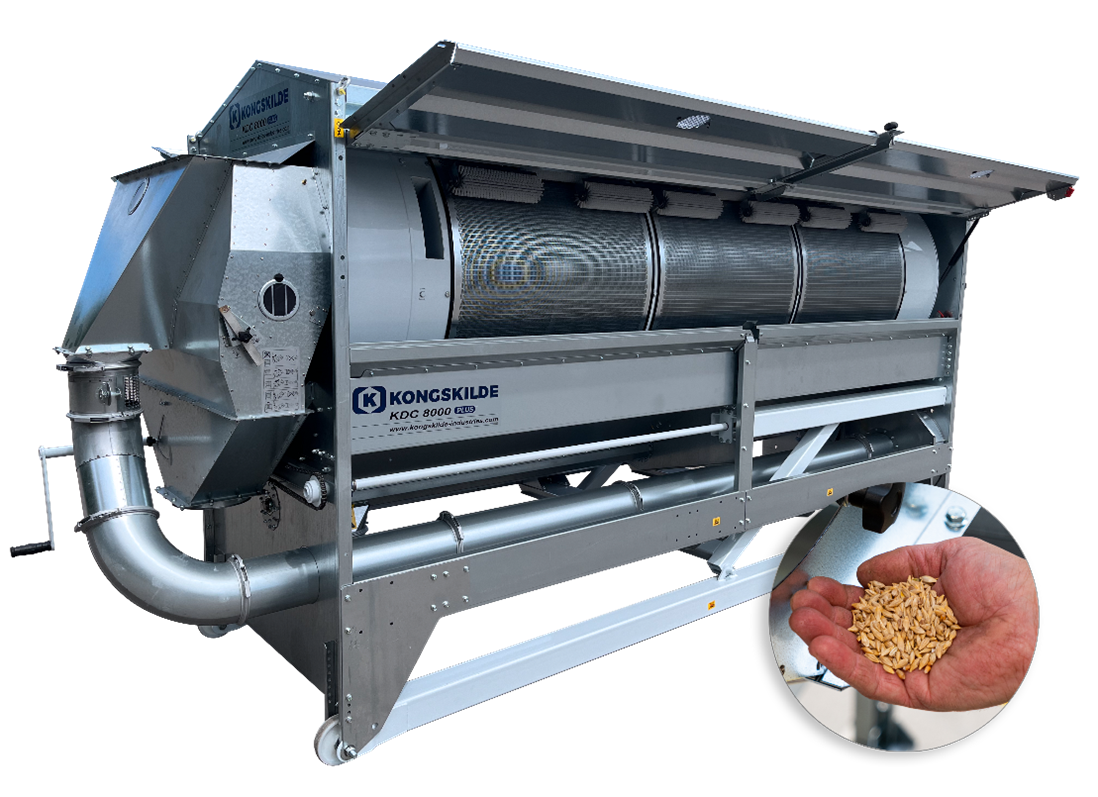
The Vital Role of Grain Cleaning in Ensuring a Healthy Feed Strategy for Sows and Piglets
With mechanical cleaning, you ensure the quality of the feed and the health of the herd.

In modern pig production, ensuring animal health and well-being is crucial for achieving optimal productivity and profitability. A key aspect of nutritional management is the quality of feed ingredients, particularly grains, which provide essential protein, energy, and nutrients. Since cereals and protein-rich ingredients from legumes and oilseeds make up a significant portion (35% – 85%) of the total diet program, mechanical grain cleaning plays a vital role in maintaining feed quality and safeguarding the health of sows and piglets throughout their growth, up to slaughter. This article explores the importance of grain cleaning in feed strategies aimed at enhancing the health and productivity of pig herds.
The Importance of Clean Grain
Grains such as corn, wheat, and barley are fundamental components of pig feed, providing essential nutrients like carbohydrates, proteins, vitamins, and minerals. However, grains are susceptible to contamination by mycotoxins from molds and other pollutants during cultivation, harvest, and storage. Mycotoxins pose significant health risks to pigs, potentially leading to reduced feed intake, stunted growth, reproductive issues, and a compromised immune system.
Mechanical Grain Cleaning
Mechanical grain cleaning involves using specialized equipment and processes to remove impurities, foreign objects, and contaminants from grain before it is used in pig feed. This proactive approach to feed quality management helps reduce the risks of mycotoxin contamination and ensures the delivery of clean, safe, and nutritious feed to sows and piglets.

Benefits of Mechanical Grain Cleaning:
- Mycotoxin Reduction: Mechanical cleaning removes mold and fungi, as well as damaged and contaminated grains, thereby reducing the risk of mycotoxin exposure in pig feed. By lowering levels of mycotoxins such as aflatoxins, deoxynivalenol (DON), and zearalenone, mechanical grain cleaning helps protect the health of sows and piglets.
- Improved Digestibility: Clean grain has higher nutritional value and digestibility compared to contaminated grain. Mechanical cleaning removes foreign objects and dust, improving the palatability and nutrient utilization of the feed, which promotes optimal growth and development in pigs.
- Enhanced Feed Efficiency: High-quality, clean grain contributes to better feed efficiency. By minimizing the presence of unwanted substances and improving nutrient availability, grain cleaning supports effective feed conversion into growth and optimal performance in pig herds.
Integration into Feed Strategies
Mechanical grain cleaning should be integrated into comprehensive feed strategies for sows and piglets to maximize their benefits. This includes regular monitoring of grain quality, implementing preventive measures during storage and handling, and using appropriate cleaning equipment and processes tailored to specific grain types and contamination levels.
Conclusion
In summary, mechanical grain cleaning plays a crucial role in ensuring the health and productivity of sows and piglets. By effectively removing impurities and contaminants from grain, mechanical cleaning helps minimize the risk of mycotoxin contamination and improves feed quality, digestibility, and efficiency. Integrating mechanical grain cleaning into feed strategies is essential for promoting optimal growth, performance, and profitability in pig herds. Prioritizing clean grain through cleaning is not just a matter of feed quality—it is a fundamental part of responsible nutritional management in pig feed that directly impacts the health, well-being, and productivity of sows and piglets.
